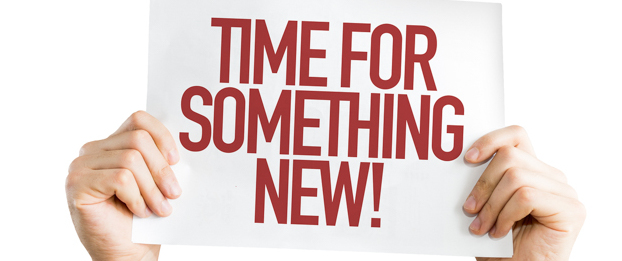3 Ways for HR to Identify and Embrace Change

This article was updated on July 17, 2018.
Organizational culture and employee engagement are often regularly affected by societal trends and lead to a change in HR practices. In order to stay current, businesses should strive to match these changing times, particularly to improve attraction and retention.
The role of the HR leader is to identify when change is needed and then to decide how best to implement that change. To manage that process effectively, particularly in a dynamic business, HR professionals require the ability to not only manage the change but also influence sustainability.
Here are three steps to consider in any change process:
1. Assessment
In order to assess an organization's readiness for change, HR metrics should be in place that align with the business goals and are focused on building capability and capacity. A Chartered Institute of Personnel and Development (CIPD) 2013 report suggests that a potential change in HR focus should be made from predominately using data analysis of historical trends to interpreting multifaceted data obtained through APIs, which can then inform strategic future decisions.
Applications that combine data sets from recruitment, payroll and learning and development, can not only improve efficiency across the business but provide best practice insights. For example, an employee engagement software app like Globoforce can assist in measuring individual employee impacts as well as take the pulse of an organization, highlighting areas in need of potential change.
Additionally, you should consider the timing of any planned change, along with how quickly the change should be implemented and the training required. HR's role is to identify any additional pressures and determine the organization's capacity to absorb new processes or systems or adjust the timing, if needed.
2. Preparation
Once the assessment is completed, HR should clearly identify what the vision is for the change process. This includes a specific plan for the what, why, when and how components, which should all connect with the overarching values of the organization.
Those plans should then be comprehensively communicated throughout the organization to underscore the rationale for change and diminish employee confusion. By keeping management in the loop from the beginning, they will then be able to speak with confidence to allay any fears and deliver a consistent message.
HR should also ensure impacted employees are given a chance to present ideas and feedback on the proposed change. This will also allow for questions and concerns from your employees to be heard and addressed before the changes go into effect.
For example, in 2016, Ford Motor Co. will implement a talent management platform called Genesis, which has been developed using APIs to gain insights into their global workforce. They will also begin utilizing an innovative tool they have named "Career Navigator" to bring together all their employee training and professional development. Access to that information will be streamlined for their employees and can be analyzed easily to deliver workforce planning improvements and provide support and security around sensitive data.
3. Implementing Sustainable Change
HR departments can identify early achievers and their accomplishments and not only reward them but also highlight those employees to the organization. For instance, according to an article in Fortune, the Studer Group, a midsize health care consulting firm, encourages colleagues to reward each other "with tokens of appreciation, which can be redeemed for cash prizes."
Furthermore, employees who anticipate beneficial outcomes will in turn potentially champion the change process. It is, therefore, critical that the implemented change process and its associated financial motivation is structured and systematic while also being inspiring and consistent.
Continuous review of the initiative is vital and HR must confirm the results are still in line with the initial aim of the project, along with larger organizational goals. Even when the change is deemed to be successful it should continue to be integrated within the business model via regular reminders and recognition programs, enabling the employee's motivation to remain at a consistently engaged level.
By assessing an organization's ability to change effectively, identifying where those changes should be, preparing the change framework and seeing it through to success and sustainability, HR leaders will be in a position to enhance their organization's business. This impact can then be measured across multiple divisions and enable HR to demonstrate their strategic contribution to the overarching goals and business drivers of the organization.



